Streamlined Methods for Exceptional Results

Trusted by 350+ businesses around the world






































































Achieving Wins with Proven Industry-Standard Methods

Agile & Scrum: Flexible Moving & Team Sync
Agile Scrum keeps our squad responsive and sharp, breaking projects into bite-sized sprints for non-stop progress and epic collaborations. We add value fast, pivot on feedback like pros, and keep our builds locked to your evolving business plan.
With CI/CD pipelines dialed in, we push smooth, frequent updates delivering fresh features to your players at warp speed.
We gather intel from stakeholders and sprint check-ins, tweaking the build to create real-world vibes and crush expectations.
Fast development and testing cycles, thanks to AI that helps coding and building digital platforms.
Our crew rocks test-driven development, creating glitch-free code that holds strong through any challenges.
We design slick, modular components scalable and remixable so future upgrades slide in like a perfect addition.
Regular refactoring buffs readability, speed, and staying power, locking in a solution that’s future-proof and ready to roll.

Flexibility & Continuous Collaboration with DevOps
DevOps combines development and operations into a smooth process, improving teamwork and productivity. It breaks barriers, simplifies workflows, and focuses on fast, continuous software delivery with better communication and efficiency.
Manage and provision infrastructure through code for automation, consistency, and version control in deployment and management.
Implement tools to monitor system performance and track logs, ensuring quick issue detection and system reliability.
Automate testing in the deployment pipeline for faster releases and improved software quality.
Streamline software delivery with CI/CD pipelines, ensuring frequent, reliable updates and minimizing downtime.
Use configuration management tools to standardize system settings, ensuring consistency across all environments.
Set up automated backup and recovery processes to protect data and ensure quick restoration during system failures.
.png)
Flexibility & Speed with Rapid Application Development (RAD)
Rapid Application Development (RAD) is a fast and flexible software development method. It focuses on prototypes and involves users throughout the process, ensuring quick delivery of functional software. With its iterative approach, RAD prioritizes action over lengthy planning.
Quickly create prototypes and updates, reducing the time it takes to get the software ready for use.
Regular input from users and stakeholders ensures the software meets real needs at every stage.
Testing is done throughout the project to catch and fix issues early, keeping the software stable and reliable.
We focus on creating clean and dependable code that works well and lasts long.
Build software in small parts that can easily grow and adapt to future changes or needs.
Keep improving the software by refining its structure and performance during development.
A Level-by-Level Path to Epic Development
Our step-by-step approach takes your project from raw concept to final polish, locking in quality and precision at every checkpoint.

Everything You Need to Know

Every project starts with a deep discovery phase. Ontik Technology takes time to understand your business goals, challenges, and target audience. They conduct market research, gather requirements, and outline clear project objectives. This strong foundation ensures the final product is aligned with your business needs and customer expectations.

After understanding the project scope, Ontik’s creative team starts working on user-friendly and visually appealing designs. They focus on building a design that’s not only beautiful but also intuitive, making sure the user experience (UX) is smooth, accessible, and engaging for your audience.

Once the designs are finalized, Ontik’s developers bring them to life. They build secure, scalable, and high-performing solutions using the latest technologies. Whether it's web development, mobile apps, or business software, the development is structured, modular, and future-ready for easy updates and maintenance.

Testing is a key part of their process. Ontik Technology thoroughly tests each project for functionality, security, performance, and user experience. They fix bugs and refine the product before launch, ensuring a smooth and reliable user experience right from day one.

Ontik Technology doesn’t just deliver and disappear. After launch, they provide continuous support, maintenance, and updates as needed. Whether it’s adding new features, fixing unexpected issues, or simply keeping the system up-to-date, they stay committed to helping your project grow and perform.







